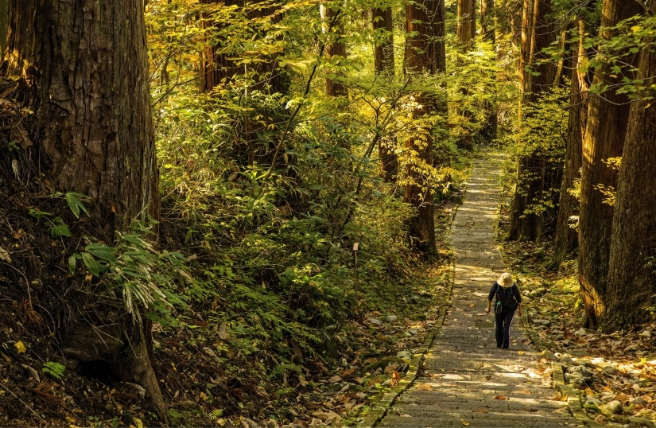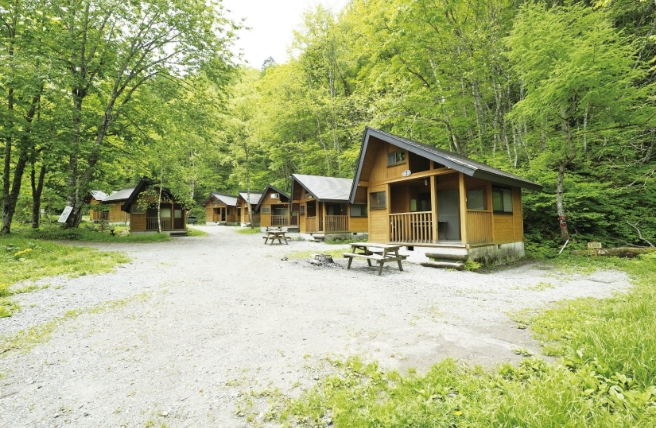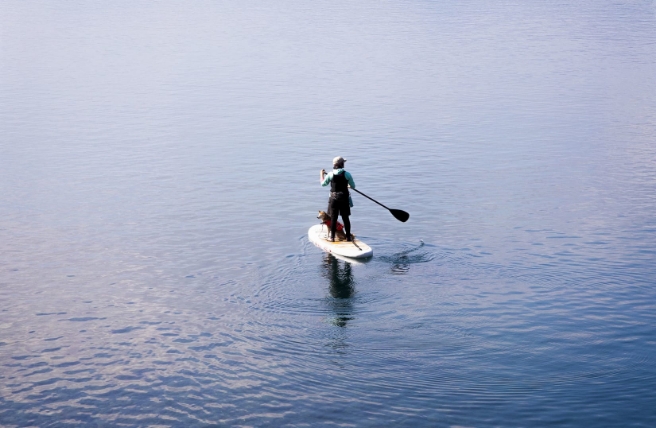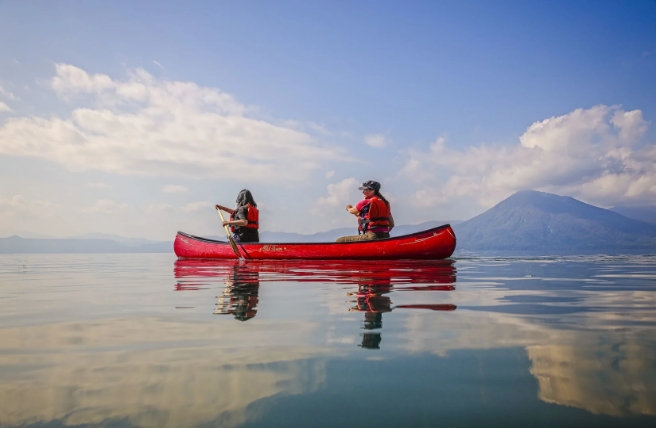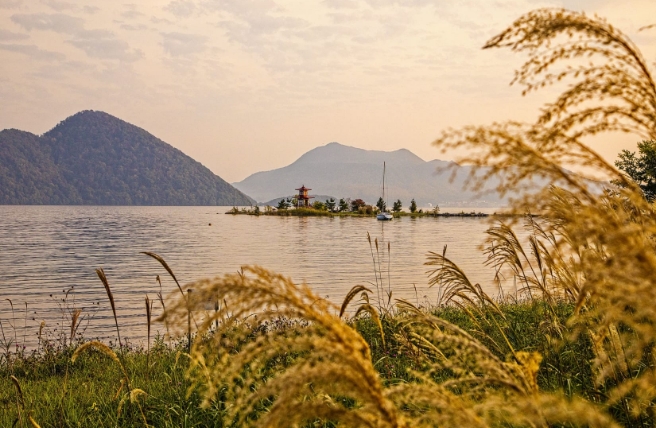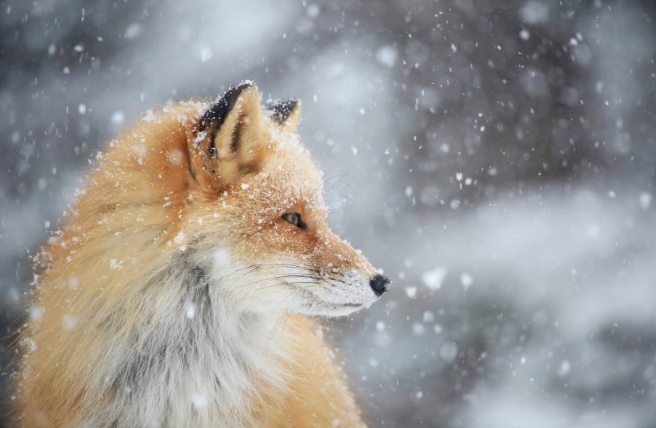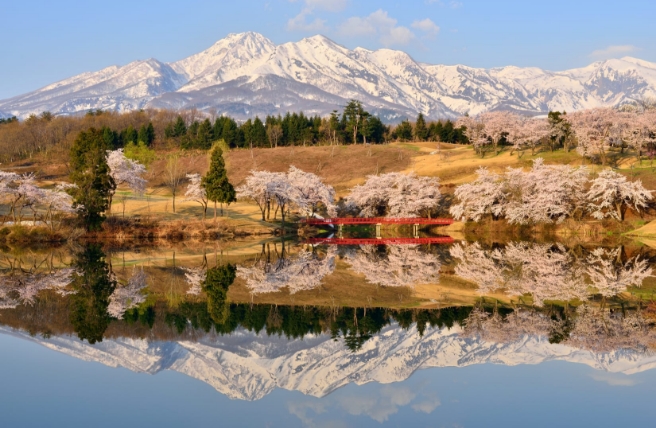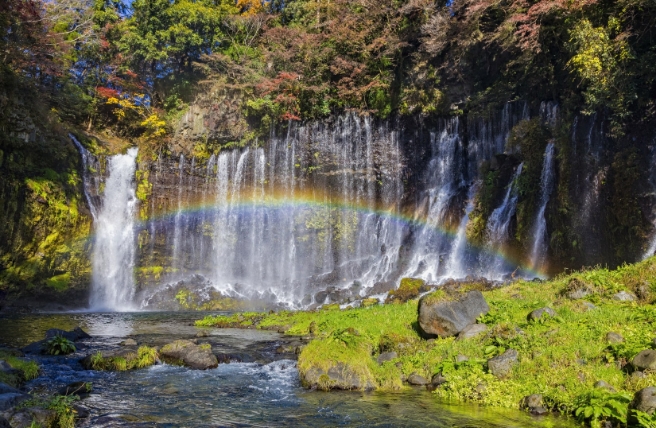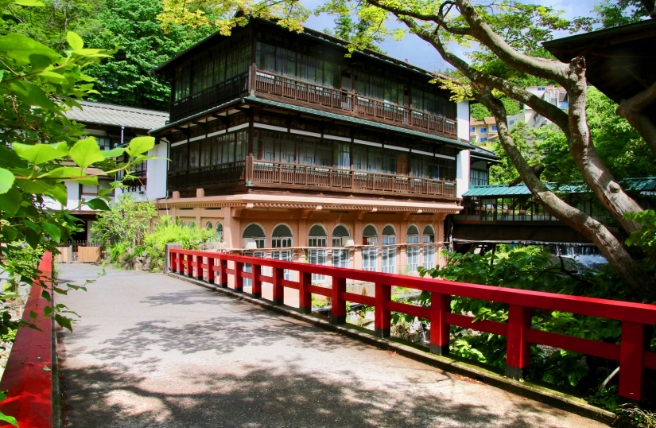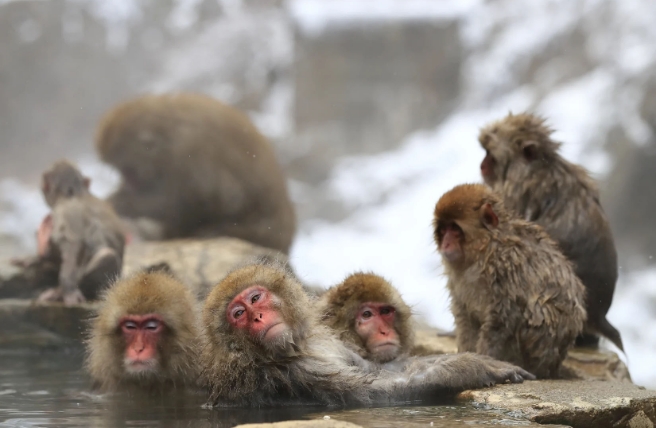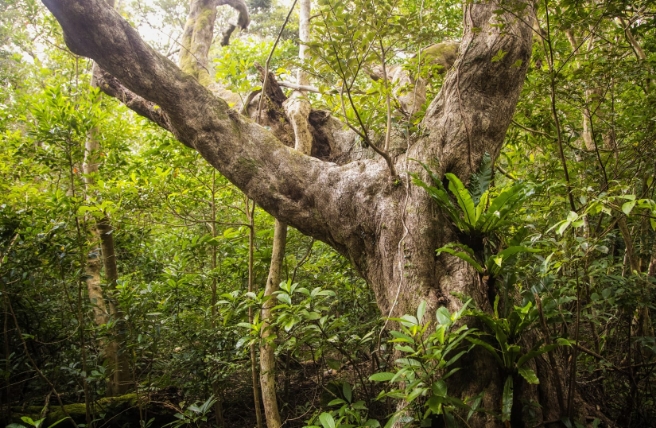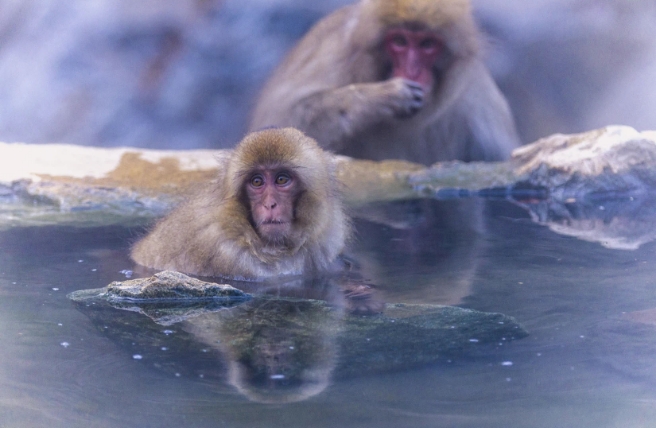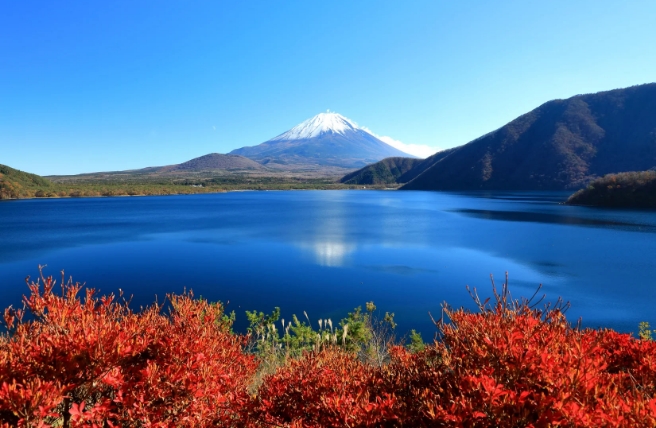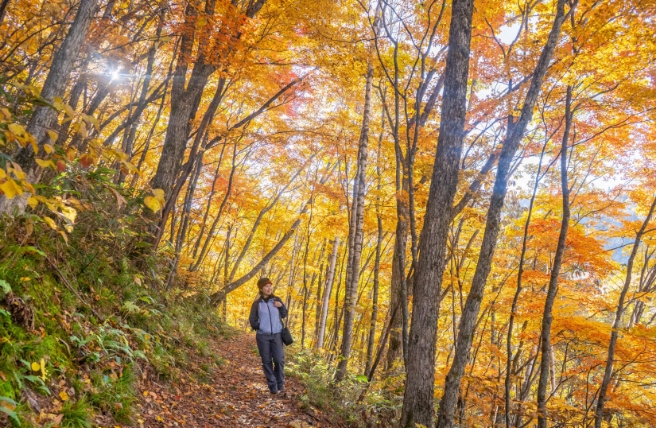Park Ranger Kie Yoshikawa liaises with the local community to safeguard the abundance and diversity of life within the subtropical forests of Yambaru
| Ranger | Kie Yoshikawa |
| Park | Yambaru National Park |
| Recommended Spot | Kunigami Forest Park |
* This article was written based on an interview conducted with the park ranger in September, 2022.

“The Yambaru region is one of the most biodiverse parts of Japan,” she says. “Nearly half of all the bird species identified in the country and a quarter of all the frog species inhabit Yambaru’s subtropical forests. For a region that doesn’t even account for 0.1% of the total area of Japan, that is incredible.”
Yoshikawa goes on to explain that it is the biodiversity of the Yambaru region that makes Yamabaru National Park so special. “Yambaru’s forests are home to so many endemic species, and many of them like the Okinawa rail and the Yanbaru long-armed scarab beetle are extremely rare and cannot be found anywhere else in the world.”

From Mount Fuji to the mist-shrouded forests of Yambaru
Since becoming a park ranger in 2019, Yoshikawa has been involved in the study and conservation of the biodiversity of Japan’s national parks. She started her career as a park ranger at the Biodiversity Center of Japan, in Yamanashi Prefecture. “It was a wonderful place to be located—it felt very special to see Mount Fuji everyday on my way to work or out of the window at home.”
Asked about her work at the center, Yoshikawa explains that she was involved in numerous nationwide ecological monitoring projects. “One of the projects I worked on involved collating environmental data gathered from 1000 different monitoring posts,” she says. “The project is ongoing and data will be collected for 100 years. The aim is to create a comprehensive data set with which we can monitor biodiversity against the backdrop of climate change and other environmental factors.”

In 2021, Yoshikawa moved to Okinawa to take up a post at Yambaru National Park. Recalling her first impressions, she says, “I had never even been to Okinawa before, and when I arrived in Yambaru for the first time, I was amazed. There were no high mountains, and the mist-shrouded forests were unlike any I had seen on Japan’s four main islands.”
Yoshikawa says she loves working in the park, and especially enjoys the work she does with the local community, from raising awareness of the park’s ecological importance to offering support and guidance on community-driven environmental initiatives. “I meet so many more people in this role than in my previous role. Meeting and talking to the people that live in the towns and villages of Yambaru is definitely a highlight. It is inspiring that so many local residents are committed to protecting the nature of the region.”
The wildlife of the park
Yambaru National Park encompasses vast subtropical forests, including mangrove forests, karst landscapes, and coastal cliffs. The diversity of habitats is one of the contributing factors for the rich variety of plant and animal species in the region. However, Yoshikawa explains plate tectonics, glaciation, and changing sea levels have perhaps had the most important role to play. “Among the many animal and plant species in the park, most are endemic to the Yambaru region. A long time ago, the Ryukyu Islands were part of the Eurasian continent, but over millions of years they became an archipelago. Certain species in Yambaru have remained essentially unchanged from earlier times while their close relatives on the continent are extinct, and other species have evolved differently to their relatives across the water.”

Yoshikawa talks about some of the different animal species, starting with the Yanbaru long-armed scarab beetle. This large beetle with a metallic sheen can grow to 9 centimeters long. It is a living fossil and extremely rare. The Ryukyu long-tailed rat, a large, fluffy looking rodent with a long white-tipped tail, is also a living fossil. Newly evolved endemic species include the Okinawa spiny rat, a smaller rodent with reddish bristly fur. All are critically endangered.
Yoshikawa attributes invasive species as one of the biggest threats to the biodiversity of the park. “The small Indian mongoose is a talented hunter, preying on insects, small mammals, birds, frogs, and lizards. It was introduced to Okinawa in the early 20th century to reduce the local population of venomous pit vipers. Over the years, however, the mongoose population has grown, and the species has become a major threat to the wildlife of Yambaru.”
Safeguarding biodiversity
“An important part of being a park ranger is wildlife conservation,” says Yoshikawa. “I work with the local community to combat invasive species like the mongoose. Initiatives to eradicate the species have been underway since 2000, and through trapping and monitoring, we have been successful in reducing population density and limiting population distribution.”
However, it is not only invasive species that threaten the endemic wildlife. Road construction impacts wildlife populations, and road accidents are a common cause of death of Okinawa rails, a flightless bird at risk of extinction. According to Yoshikawa, around 30 rails are killed or injured by road vehicles each year, but it is not just vehicles that are a problem, sometimes rails fall into the ditches at the sides of roads and injure themselves or get stuck.

Yoshikawa is involved in countermeasures to protect endangered species such as the Okinawa rail and reduce road kill. She liaises with the community and works with a local NPO to rescue injured rails and investigate road deaths. She also champions community-level population monitoring activities. “We have put up signs along the roads warning drivers to drive slowly and with care, and we have a 24-hour hotline for reporting injured or dead rails and Ryukyu long-tailed rats. There are times when I have been called out to rescue injured animals in the middle of the night.”
Experiencing the park
Yoshikawa’s advice for enjoying the park is to stay in the Yambaru area. “The sounds of the forest are amazing at any time of day or night, but to really get a sense of the region’s rich biodiversity, dusk is best. The sounds of daytime and nighttime animals overlap, and you can hear insects chirping, bats flying around, and choruses of frogs as well as birdsong, and the distinctive sounds of cicada and other animals. Several local tour operators also offer night tours, which are a fun and safe way to experience the lively nocturnal environment.”
